Choosing the Right Radiator Style for Your Home: A Comprehensive Guide

This post was originally published on this site
Table of Contents
✔ Radiators are an essential home appliance that provides warmth during the colder months. Choosing the correct radiator is not only about functionality but also a perfect design choice, which is necessary to enhance the aesthetics of your living space.
✔ In this guide, we will explain various styles of radiators and their advantages. We will also guide you in selecting the perfect radiator for your home.
Various Radiators In the Market
1. Traditional Radiators
✔ Traditional radiators are classic heating solutions that are commonly made from cast iron. They are highly durable and efficient.
✔ These radiators are known for their high heat output and several sizes and finishes, which suit the desired requirements of the owners.
✔ They are best to use if you need classic aesthetics.
2. Contemporary Radiators
✔ For a modern and stylish appearance, Contemporary Radiators are the best option. These radiators are available in different shapes, sizes, and materials (like aluminum and stainless steel).
✔ They are well known for distributing heat efficiently and are attractive focal points in a room.
3. Vertical Radiators
✔ Vertical radiators are perfect to use when the wall space is limited because they are tall and narrow in design.
✔ They can be installed in tight corners or narrow walls, heating efficiently without wasting valuable floor space.
✔ Vertical radiators are available in various designs, i.e., from traditional to modern designs.
4. Horizontal Radiators
✔ Horizontal radiators are the most used type of radiator, which can be fitted perfectly under the windows or along the length of a wall.
✔ They come in both traditional and modern styles. This gives flexibility to homeowners in terms of design and functionality.
5. Designer Radiators
✔ Designer radiators are not just heating elements but also offer a unique aesthetic beauty to the room.
✔ Due to the availability of these radiators in several shapes, colors, and materials, they can be transformed into any required design.
✔ If you can’t see what you’re looking for in your local DIY store, look at designer radiator suppliers online. Chances are you’ll have a much more comprehensive range to choose from.
6. Electric Radiators
✔ Electrical radiators are best when your home doesn’t have a central heating system. It is easy to use electrical radiators.
✔ They are energy efficient and allow homeowners to control the temperature more efficiently.
✔ These radiators are available in traditional and modern designs, making them a versatile heating solution that can blend well with any home decoration.
7. Underfloor Heating
✔ Underfloor heating is becoming popular these days. It is not a traditional radiator, but it is necessary to mention this due to its advantages.
✔ This system involves heating the floor, which results in the even distribution of warmth throughout the room, making it comfortable.
✔ Underfloor heating can be used with different flooring materials, and it is an excellent choice for those looking for an efficient and discreet heating solution.
How Many Radiators Does My Home Need?
✔ To determine the number of radiators for your home, you need to consider various factors like the size of your house, the number of rooms, insulation levels, and the type of heating system.
✔ Some guidelines to determine the number of radiators for your home are given below:
Calculate the Heat Output Required
✔ The heat output required to maintain a comfortable temperature is determined first. It is measured in British Thermal Units (BTUs) or watts.
Factors influencing
a. Size of each room
b. Insulation levels
c. Desired temperature
Consider Room Sizes
✔ Bigger rooms require more heating capacity than smaller ones. Please measure each room’s length, breadth, and height and calculate its volume.
✔ The insulation level of walls, ceilings, and floors also influences the heat loss.
Heating System Types and Radiator Placement
✔ The type of heating system impacts the required number of radiators. Central heating is linked to boiler capacity, while electric radiators necessitate one for each unit’s heating capacity.
Considering the Placement of Radiators
✔ Take into account areas, like living rooms, bedrooms, kitchens and bathrooms when determining where to place radiators. Make sure that the number of radiators in each room matches the heating requirements.
Taking Zoning into Account
✔ If your home has zones with temperature controls, position radiators based on the heating needs of each zone to achieve precise temperature control.
Consulting with Professionals
✔ To get an assessment its advisable to seek guidance from a heating HVAC specialist. They can conduct a heat loss calculation taking insulation types of windows and local climate into consideration for heating requirements.
Requirements Specific to Each Room
✔ Rooms that are frequently used or have heating needs, such as kitchens and bathrooms may require radiators. Specialized areas, like basements or attics should also be considered for heating.
Balancing Aesthetics and Functionality
✔ While functionality is important it’s also essential to consider how radiators will fit aesthetically in your home. Make sure that the size and style of radiators complement your design seamlessly.
Conclusion
✔ Selecting the radiator style involves considering both functionality and aesthetics. Whether you choose contemporary designs, vertical or horizontal orientations, designer options or electric models – each type offers its unique advantages.
By considering your heating requirements the space you have your design preferences you can make a informed choice that improves both the comfort and visual attractiveness of your living area.
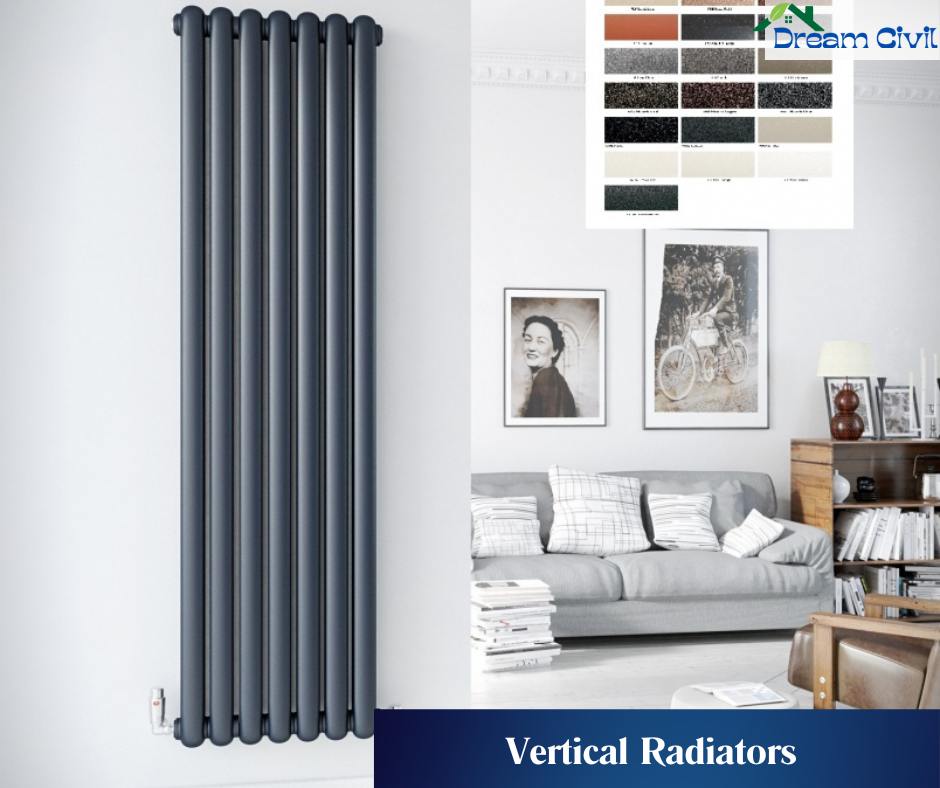
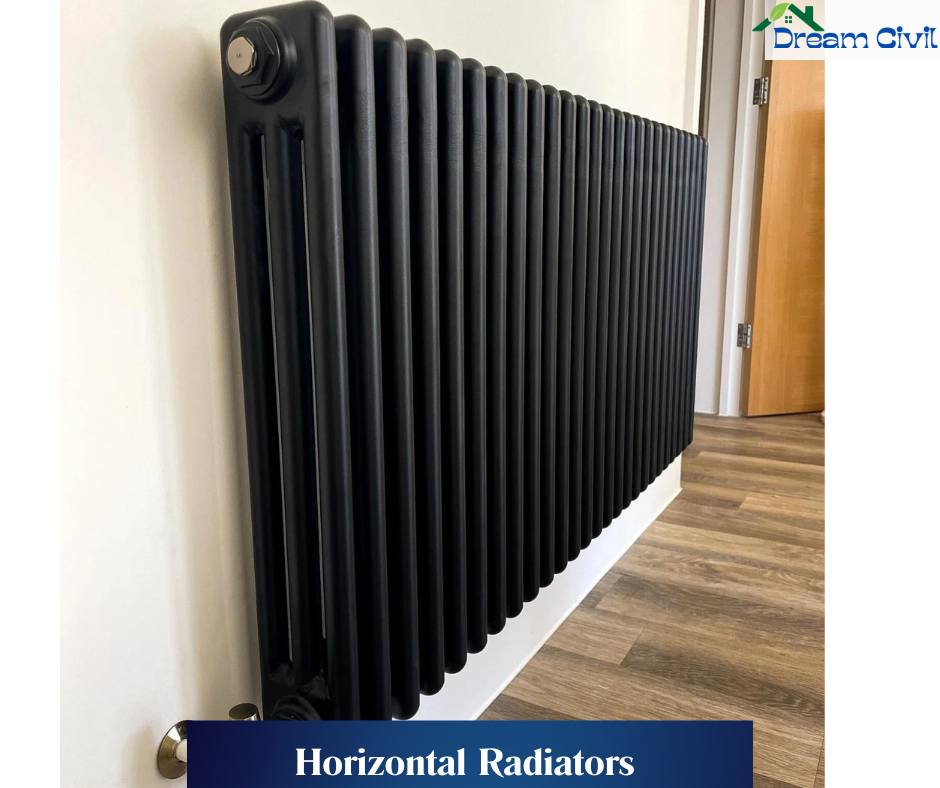

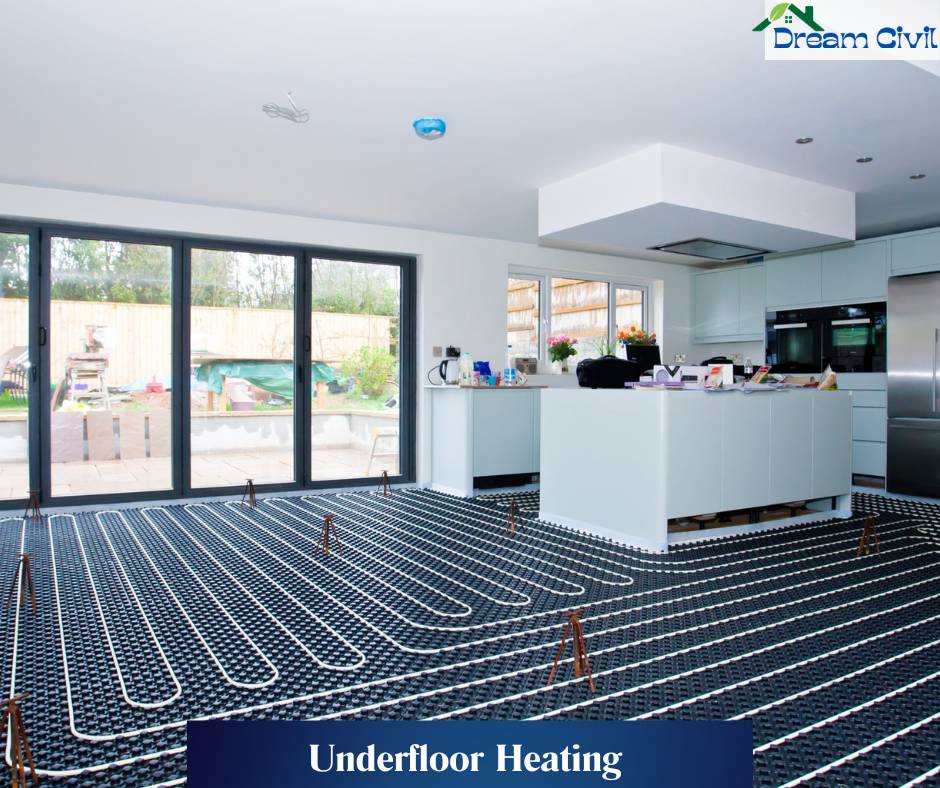

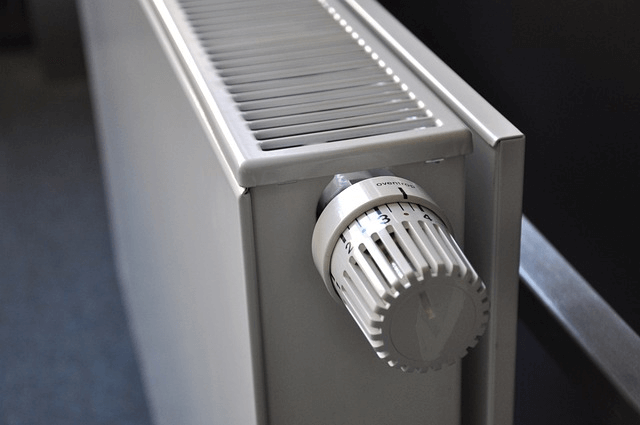
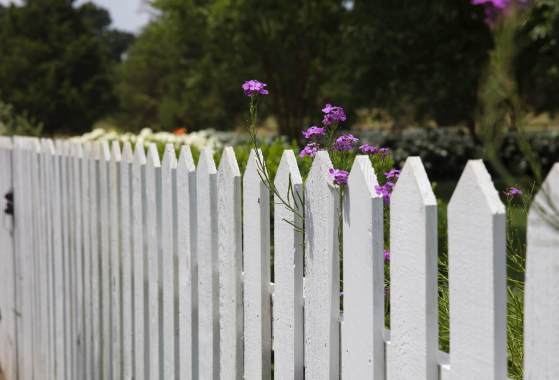
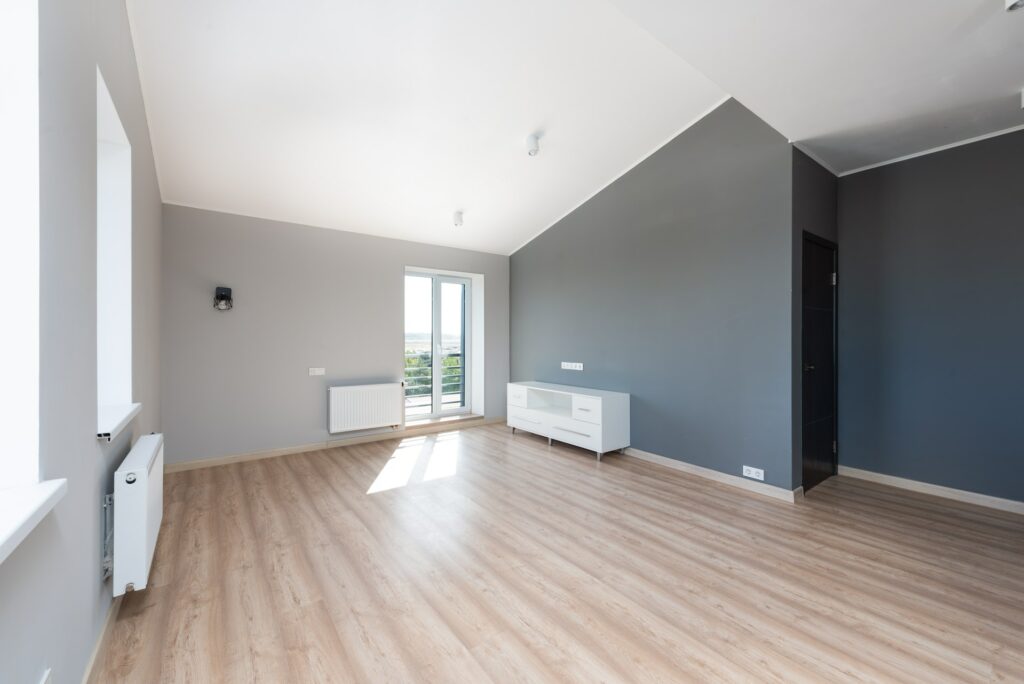

Responses